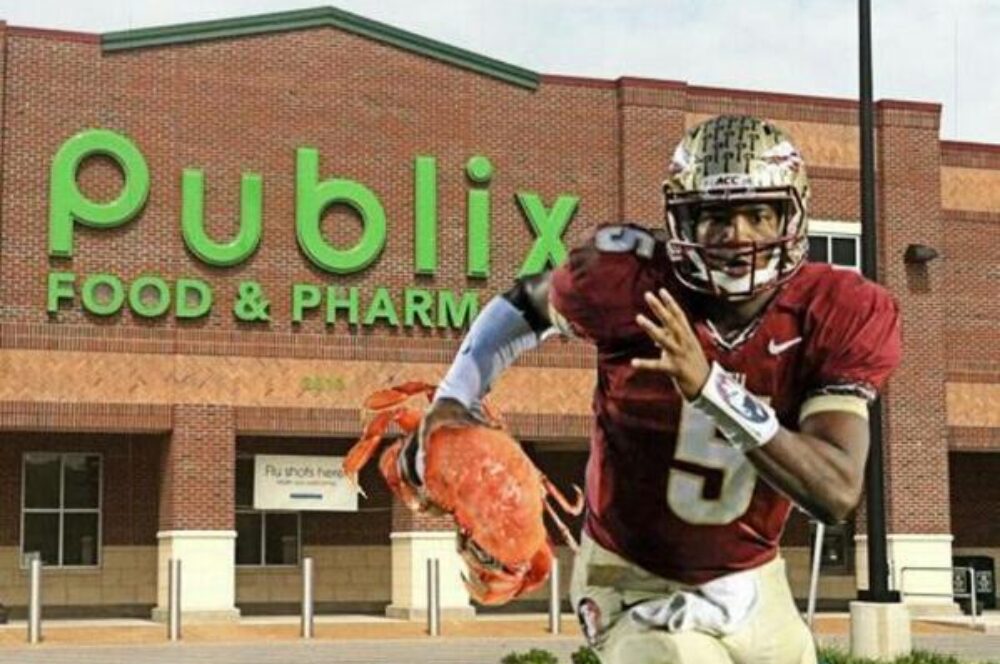After impressive college careers, Purdue teammates Keith Edmonson and Russell Cross became top 10 overall draft picks. Unfortunately, neither player transitioned well to the next level. As the 1982 #10 overall pick, Edmonson accumulated 522 points, 127 rebounds and 56 assists during his two-year NBA career. In turn, Cross tallied 166 points, 82 rebounds and 22 assists after going 6th overall in the 1983 Draft. Both players clearly qualify as busts based on their measly production totals. As the earlier pick who went before Hall of Famer Clyde Drexler, Cross ranks higher an all-time bust. Whereas Edmonson received an T10B Honorable Mention while Cross earned the #9 spot.
Life couldn’t have been easy for James Earl Ray (the basketball player) growing up with that name in the South in the 1960s. After all, that name is associated most often with the assassin of Martin Luther King, Jr. While I won’t exploit that coincidence, I won’t ignore it either. After being named the Sun Belt Conference Player of the Year, Ray was taken by the Denver Nuggets with the 5th overall pick in the 1980 NBA Draft. Unfortunately, he failed to live up to expectations and tallied only 334 points and 228 rebounds in 103 career games (i.e. 3.2 ppg and 2.2 rpg). As an underperforming high draft pick, James Ray begins the countdown of Top 10 NBA Draft Busts at #10 on the list.
0
Every decade seems to produce an NBA draft pick who becomes the poster child for failure. What Darko Milicic was to the 2000s, Michael Olowokandi was to the 1990s, Sam Bowie was to the 1980s, and LaRue Martin was to the 1970s. In previous posts, I explained why Bowie, Milicic, and Olowokandi shouldn’t be considered all-time busts even though I’ve ranked them as the worst three draft picks in NBA history. Similarly, Martin ranks as one of the all-time worst NBA draft picks (#9), but shouldn’t be considered a Top 10 Bust. Regardless, his underwhelming professional career as a #1 overall pick made him worthy of an Honorable Mention.
0
Established in 1967, the ABA helped change professional basketball for the better before “merging” with the NBA in 1976. To name only a few positive developments resulting from the ABA:
– Players got paid more due to the competition for their services;
– Fans were treated to a faster paced game and the introduction of the 3-point shot; and
– The sport got stronger as superstars became ambassadors for the game.
At the same time, fans had to put up with questionable styles (such as the red, white and blue basketball), and players had to endure schemes to convince them to join the newer league. As described in the following post, Jim Chones was such a player who joined the ABA under unsavory circumstances.
0
As described in my previous post, NBA Commissioner David Stern implemented a draft lottery in 1985 as a way to remove the implicit incentive teams had to lose games intentionally in order to improve their draft status. Clearly, Stern was a genius because the accusations of teams tanking have been removed from the game. Actually, not only have the accusations increased over the years, but also the league’s handling of the lottery system has led to conspiracy theories that the process is rigged (e.g. the bent envelope resulting in Patrick Ewing going to the Knicks). Whether fair or not, the NBA has a shoddy reputation regarding the integrity of its draft process. Perhaps more accurately, replace the “odd” from shoddy in the previous sentence with the cousin from the Adams Family (i.e. replace “odd” with “itt”). Either way, the NBA Draft seems to create enough controversy year after year for it to be considered a bust in its own right.
0
While the NBA generally has relied on the principle that “worst picks first” when determining draft order, the league has always altered this principle with assorted gimmicks. As described in my previous post, the NBA originally allowed teams to declare a territorial preference as a way to trump draft order. After eliminating this preference in the mid-1960s, the league began using a coin toss to award the #1 overall pick to the worst team in the East or the West. The draft order for the remaining teams was determined strictly based on the inverse order of how each team finished in the prior season regardless of division (or conference). The coin toss system was considered acceptable for almost 20 years, but NBA Commissioner David Stern decided to scrap it before his first anniversary on the job. This post will review the NBA Draft during the “Coin Toss” Era.
1
Throughout its history, the NBA has relied on an assortment of gimmicks to determine how teams could select new players. Well before the use of lotteries and coin flips, the league gave teams a preferential right to select local players who presumably offered a built-in following. This type of draft exemption ended by the mid-1960s, but not before the rule was applied inconsistently for one player. Wanna take a guess?
0
Synopsis: Dennis Hopson is often considered an all-time bust because he was drafted before two future Hall of Famers: Scottie Pippen and Reggie Miller. While that assessment might seem to be appropriate on the surface, the reality is much more complicated. As discussed in numerous posts already, a bad draft pick can be determined by looking at passed-over superstars, but a bust can’t. Even though I have ranked Hopson as the 8th all-time worst draft pick, I will use the following post to show why he isn’t a Top 10 Bust. As someone who scored over 3,600 career points, he has earned the Sam Bowie Exemption (i.e. too productive to be declared a Top 10 Bust), but there were other contributing factors that preclude him from even being an Honorable Mention.
0










1